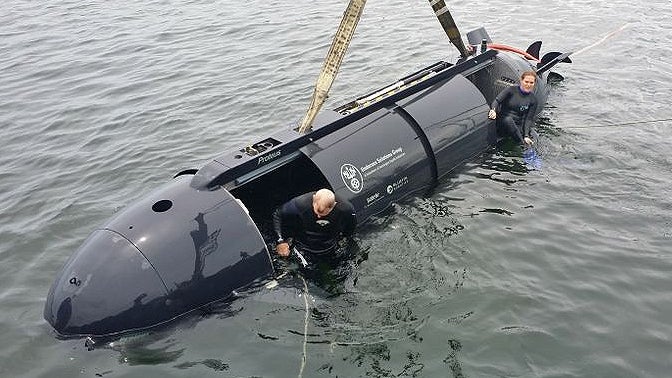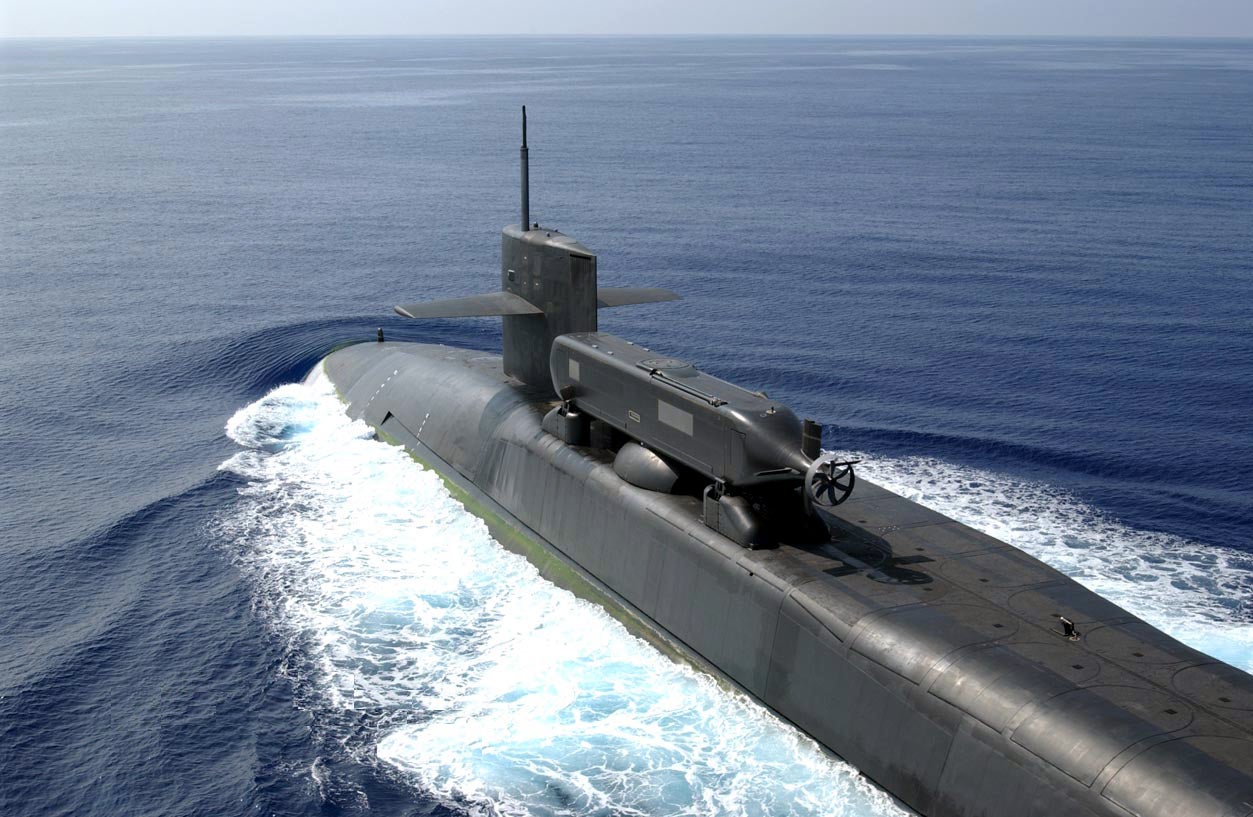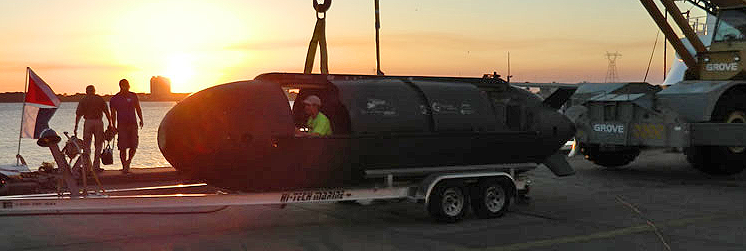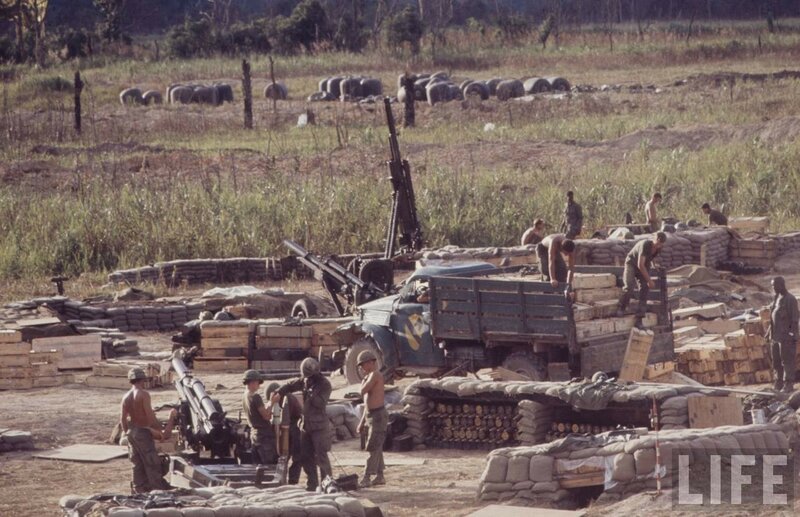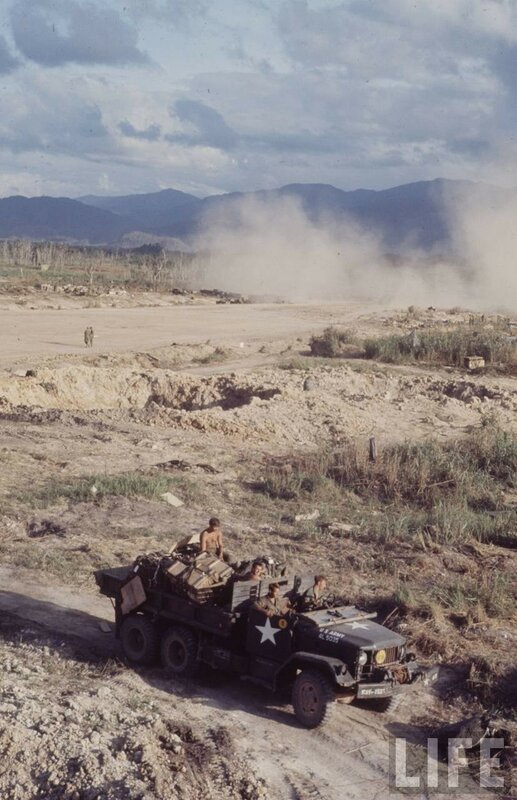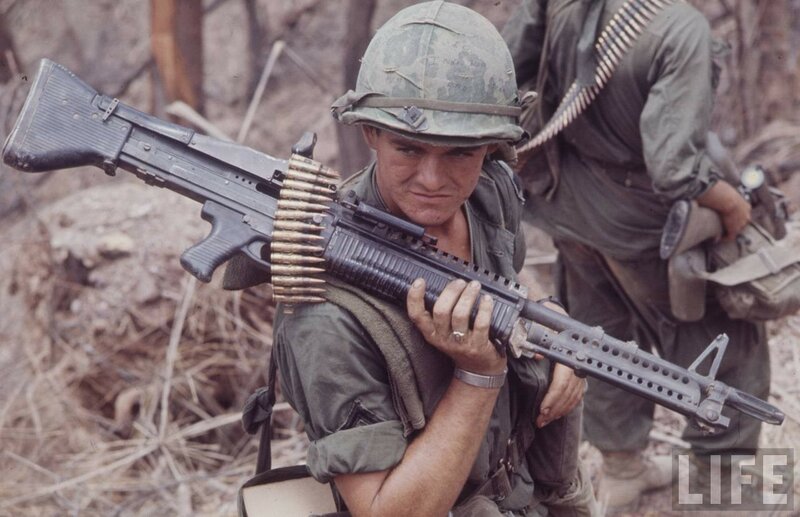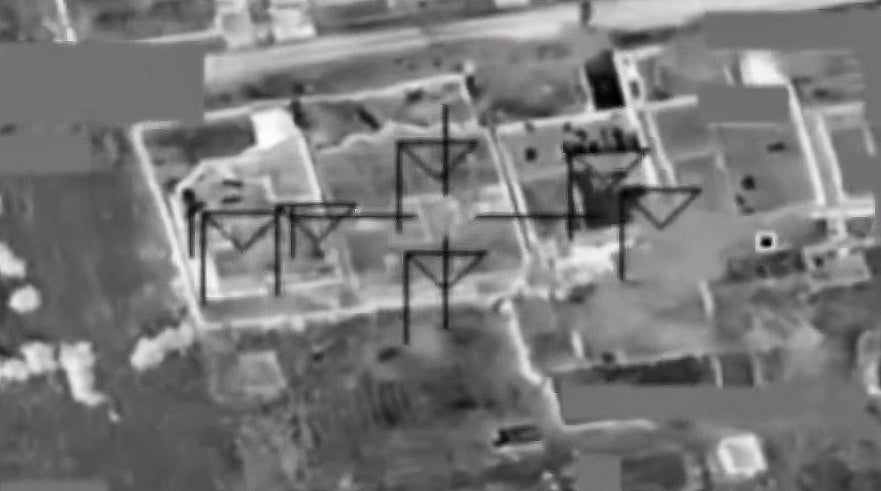AMDR
FULL MEMBER

- Joined
- Sep 28, 2014
- Messages
- 1,109
- Reaction score
- 16
- Country
- Location
Navy Builds Second America-Class Amphibious Assault Ship
Navy Builds Second America-Class Amphibious Assault Ship | DoD Buzz
The Navy and Huntington Ingalls are nearly one-third complete with initial construction of the soon-to-be USS Tripoli, the second new America-class amphibious assault ship slated for delivery in December, 2018.
The USS Tripoli, called LHA 7, is being built at a Huntington Ingalls shipyard in Pascagoula, Mississippi. It is scheduled for launch in July, 2017, service officials said.
“LHA 7 is approximately 30% complete. Fabrication has started on 211 units, 97% of all units, and 84 grand blocks are erected — 47% of the total,” Navy spokesman Mathew Leonard told Military.com in a written statement.
The first America-class amphib, the USS America or LHA 6, was commissioned and delivered to the Navy last year.
“The Navy and Ingalls have identified lessons learned from design and construction of LHA 6 for incorporation into design and construction of LHA 7 to improve production and quality. These lessons learned were addressed at Unit Readiness Reviews prior to the start of fabrication of each unit, for incorporation into the LHA 7 build strategy,” Leonard said.
The America-class amphibs are engineered to carry more Marine Corps F-35B Short-Take-Off-and-Landing Joint Strike Fighters, MV-22 Osprey tiltrotor aircraft, CH-53 Super Stallions and UH-1Y Huey helicopters.
Designed as aviation-centric amphibs, the first two America class ships do not have well-deck for amphibious vehicles but rather are engineered with a larger hangar for aircraft, increased storage for parts and support equipment and additional aviation fuel capacity to support a higher op tempo, Navy officials said.
Technical adjustments were made to the flight deck of LHA 6 to better enable the ship to withstand the heat generated by the take-off and landing of the F-35B; these changes are being built into LHA 7 earlier in the construction process, Leonard explained.
“LHA 7 is being built as a repeat of the LHA 6 with very limited changes to the design. After delivery of LHA 6, a group of significant changes to the ship’s flight deck structure and equipment were necessary to accommodate the F-35B aircraft. These improvements are being incorporated into the basic build of LHA 7, which is expected to yield a better overall technical solution at reduced cost,” Leonard added.
The flight deck modifications to LHA 6 entail adding intercostal structural members underneath flight deck landing spots numbers 7 and 9, Navy officials explained.
“With the added structure, these two landing spots will provide the capability to perform closely timed cyclic flight operations with the F-35B without overstressing the flight deck,” a Navy official explained.
There are also numerous minor changes that were made during LHA 6 construction that will be implemented on LHA 7 to improve production and quality, Leonard explained.
The LHA 7 design will incorporate a high-tech Navy ship-based computing network called Consolidated Afloat Network and Enterprise Services, or CANES, Leonard said.
Overall, the USS Tripoli will be 844-feet long and 106-feet wide and have a weight of more than 44,000 tons. A fuel-efficient gas turbine propulsion system will bring the ship’s speed up to more than 20 knots, a Huntington Ingalls statement said.
The ship will be able to carry a crew of 1,204 and 1,871 troops, meaning the ship is being engineered to carry a Marine Expeditionary Unit, the statement added.
America class ships are outfitted with a group of technologies called a Ship Self Defense System. This includes two Rolling Aircraft Missile RIM-116 Mk 49 l aunchers; two Raytheon 20mm Phalanx CIWS mounts; and seven twin .50 cal. machine guns, Navy officials said.
Navy Builds Second America-Class Amphibious Assault Ship | DoD Buzz
The Navy and Huntington Ingalls are nearly one-third complete with initial construction of the soon-to-be USS Tripoli, the second new America-class amphibious assault ship slated for delivery in December, 2018.
The USS Tripoli, called LHA 7, is being built at a Huntington Ingalls shipyard in Pascagoula, Mississippi. It is scheduled for launch in July, 2017, service officials said.
“LHA 7 is approximately 30% complete. Fabrication has started on 211 units, 97% of all units, and 84 grand blocks are erected — 47% of the total,” Navy spokesman Mathew Leonard told Military.com in a written statement.
The first America-class amphib, the USS America or LHA 6, was commissioned and delivered to the Navy last year.
“The Navy and Ingalls have identified lessons learned from design and construction of LHA 6 for incorporation into design and construction of LHA 7 to improve production and quality. These lessons learned were addressed at Unit Readiness Reviews prior to the start of fabrication of each unit, for incorporation into the LHA 7 build strategy,” Leonard said.
The America-class amphibs are engineered to carry more Marine Corps F-35B Short-Take-Off-and-Landing Joint Strike Fighters, MV-22 Osprey tiltrotor aircraft, CH-53 Super Stallions and UH-1Y Huey helicopters.
Designed as aviation-centric amphibs, the first two America class ships do not have well-deck for amphibious vehicles but rather are engineered with a larger hangar for aircraft, increased storage for parts and support equipment and additional aviation fuel capacity to support a higher op tempo, Navy officials said.
Technical adjustments were made to the flight deck of LHA 6 to better enable the ship to withstand the heat generated by the take-off and landing of the F-35B; these changes are being built into LHA 7 earlier in the construction process, Leonard explained.
“LHA 7 is being built as a repeat of the LHA 6 with very limited changes to the design. After delivery of LHA 6, a group of significant changes to the ship’s flight deck structure and equipment were necessary to accommodate the F-35B aircraft. These improvements are being incorporated into the basic build of LHA 7, which is expected to yield a better overall technical solution at reduced cost,” Leonard added.
The flight deck modifications to LHA 6 entail adding intercostal structural members underneath flight deck landing spots numbers 7 and 9, Navy officials explained.
“With the added structure, these two landing spots will provide the capability to perform closely timed cyclic flight operations with the F-35B without overstressing the flight deck,” a Navy official explained.
There are also numerous minor changes that were made during LHA 6 construction that will be implemented on LHA 7 to improve production and quality, Leonard explained.
The LHA 7 design will incorporate a high-tech Navy ship-based computing network called Consolidated Afloat Network and Enterprise Services, or CANES, Leonard said.
Overall, the USS Tripoli will be 844-feet long and 106-feet wide and have a weight of more than 44,000 tons. A fuel-efficient gas turbine propulsion system will bring the ship’s speed up to more than 20 knots, a Huntington Ingalls statement said.
The ship will be able to carry a crew of 1,204 and 1,871 troops, meaning the ship is being engineered to carry a Marine Expeditionary Unit, the statement added.
America class ships are outfitted with a group of technologies called a Ship Self Defense System. This includes two Rolling Aircraft Missile RIM-116 Mk 49 l aunchers; two Raytheon 20mm Phalanx CIWS mounts; and seven twin .50 cal. machine guns, Navy officials said.













